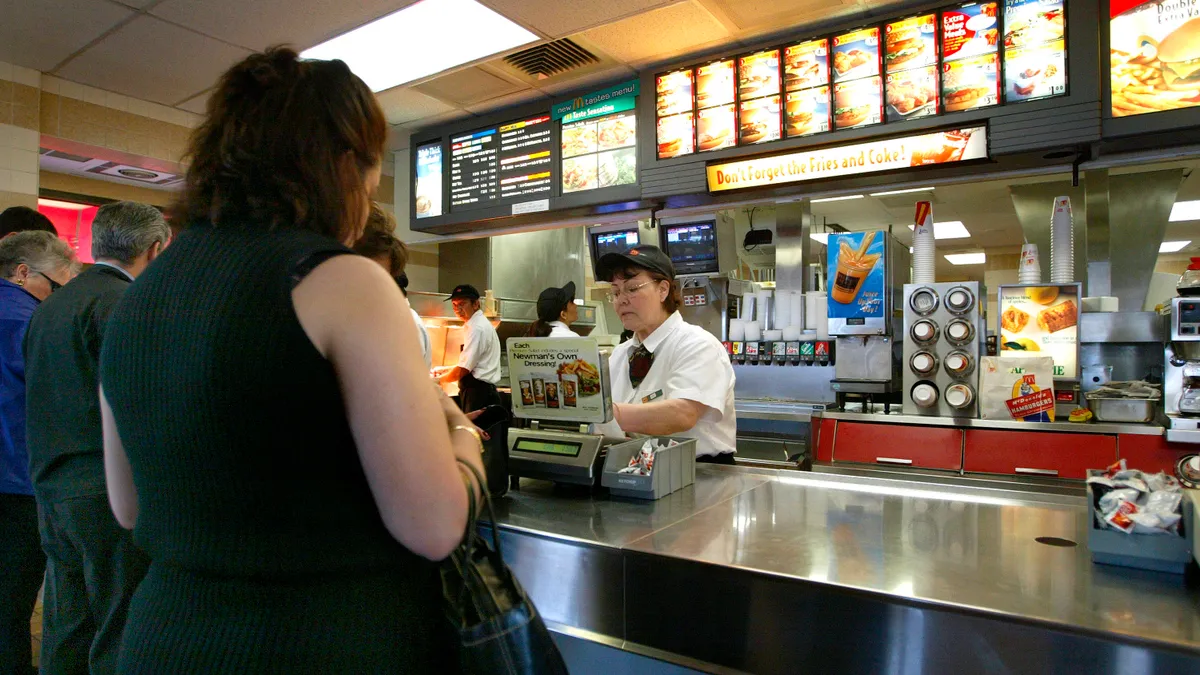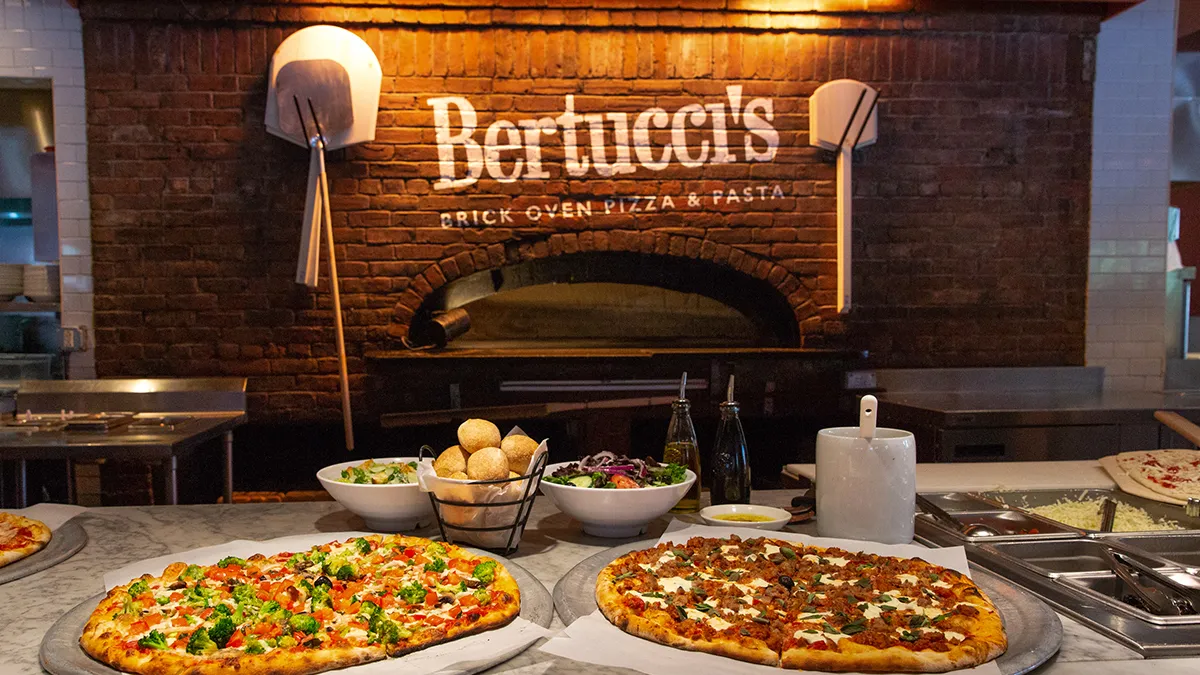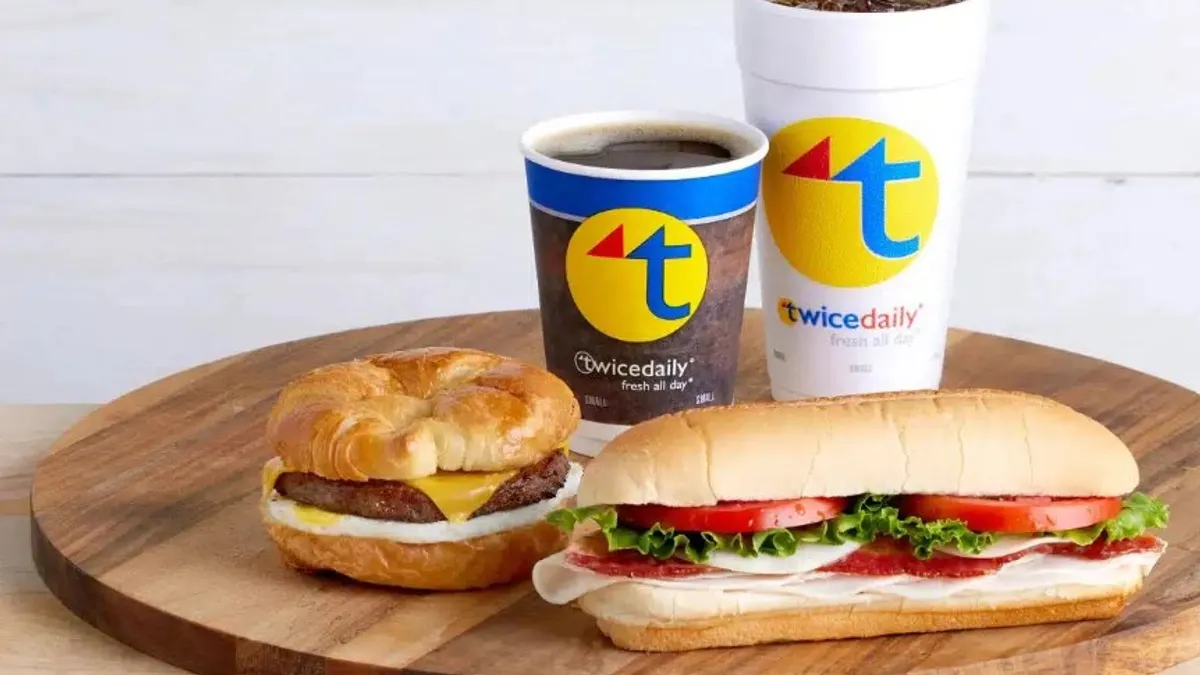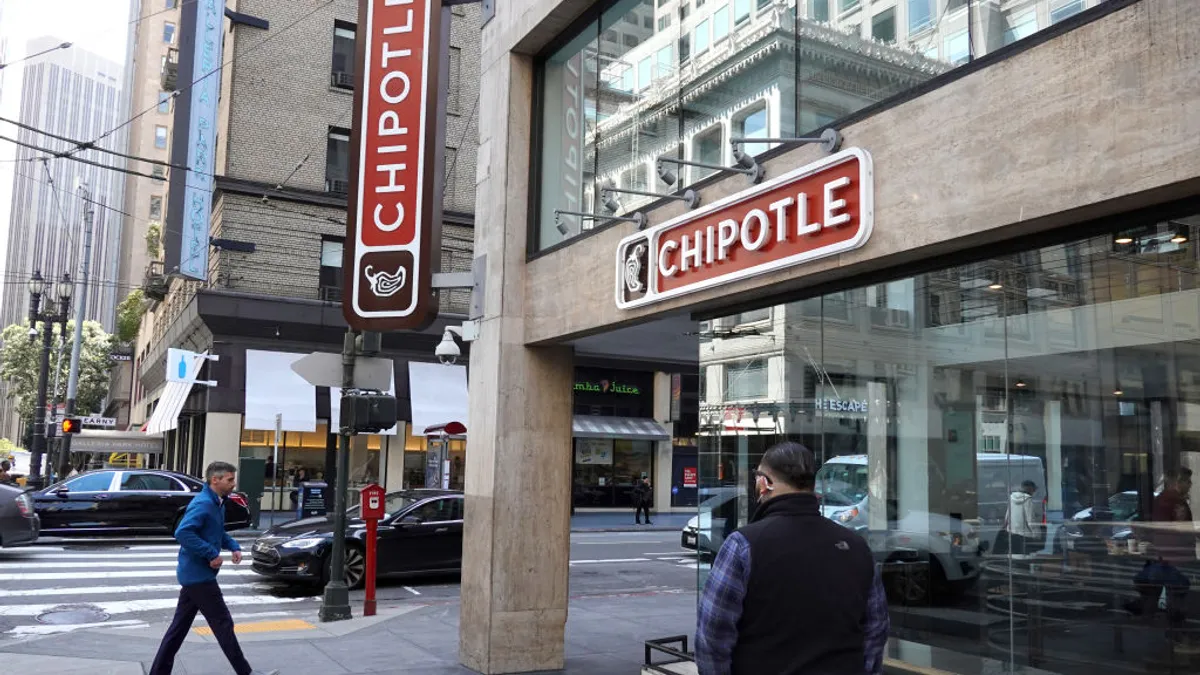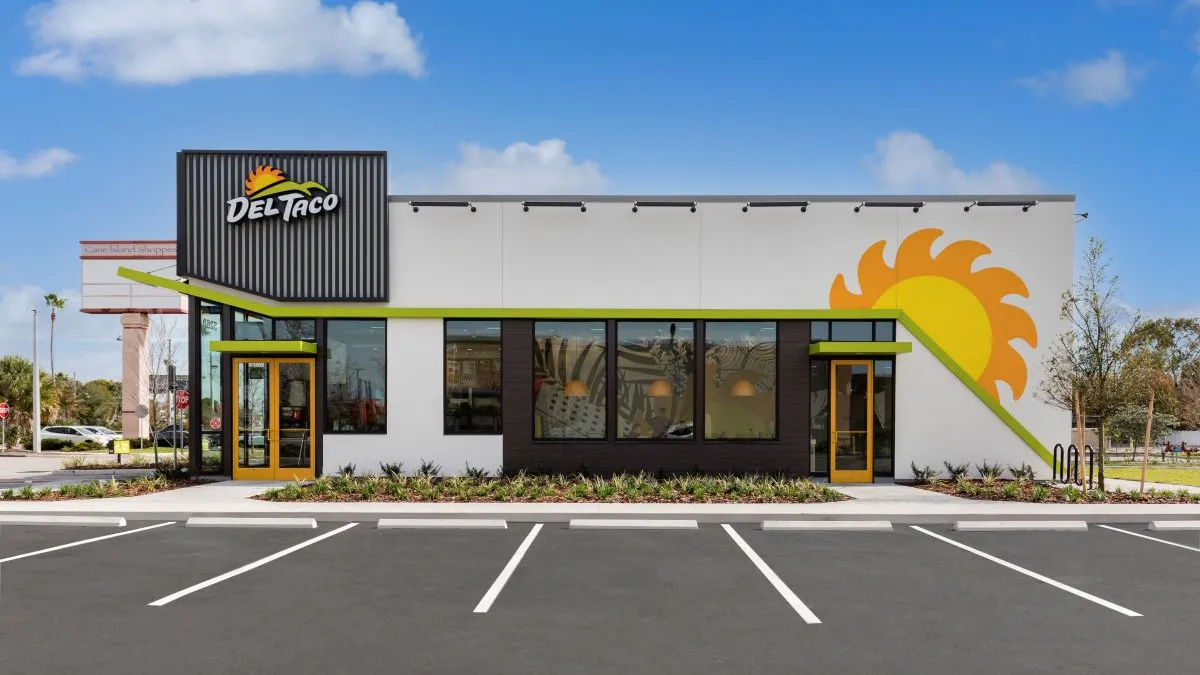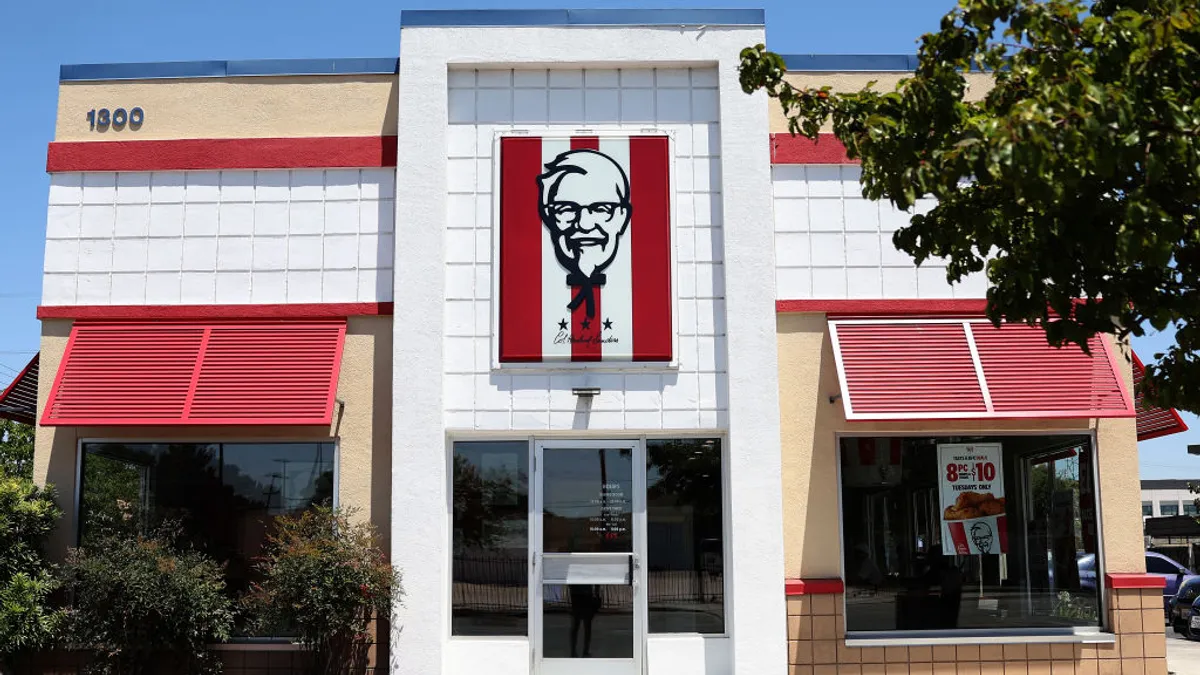The following is a guest post by Sumir Meghani, CEO and co-founder of Instawork.
From hotels and large event venues to local restaurants and retail, all businesses are bracing for a challenging holiday season marked by a perfect storm of surging demand and staffing shortages. September data shows 10.9 million job openings for 8.4 million unemployed people, and exit rates among those employed remain shockingly high.
"The labor shortage shows no signs of easing, and things will likely get even tighter as businesses compete for seasonal help," said Kelsey Sheehy, small business specialist at NerdWallet.
Workers are scant and business is unpredictable
Businesses that leverage hourly workers are experiencing unpredictable staffing, as workers have left to take desk jobs throughout the pandemic. A recent survey conducted by Florida Atlantic University found that one-third of respondents stated they would be looking for work outside of the hospitality and tourism industry and that the pandemic will have a long-lasting negative impact on the industry. At the same time, the upcoming holiday season is shaping up to be the busiest in two years. The pent-up demand of customers is already proving to be a significant challenge for businesses trying to navigate this "new normal."
Big box retailers are already seeing a run on holiday-related items, as Home Depot sold out of an early release of Halloween decorations, possibly foreshadowing a similar run on Christmas decorations. Other businesses are trying to get ahead of staffing challenges by hiring more staff ahead of the busy season. Dick's Sporting Goods plans to hire more seasonal associates this year than ever before in company history. Walmart aims to bring on 20,000 supply chain employees and Instawork plans to bring on 100,000 hourly workers to meet increased demand for businesses across the country.
"Customers, families want to celebrate Christmas," Walmart CEO Doug McMillon said at a recent conference. "They want to have a Thanksgiving, and if this situation with the virus enables it — or maybe even if it doesn't — we're going to see strong demand through the rest of the year."
Businesses are also seeing that demand play out in ways they hadn't in previous years. Many customers aren't looking to give up the convenience of e-commerce, including pickup or delivery orders, whereas others are eager to return to the in-person experience, according to Marketplace.
Especially when a mutating virus and shifting policies and mandates come into play, unpredictable and atypical consumer behavior may make it especially difficult to anticipate staffing needs.
In this environment, Rod Sides, Deloitte Vice Chair and U.S. retail and distribution sector leader, says businesses that "remain resilient to shifting consumer behaviors and offer convenient options for online and in-store shopping, as well as order fulfillment, will be poised for growth this holiday season, and into the new year."
Of course, to even secure the staffing necessary to satisfy consumer needs this holiday season, businesses must first adapt to hourly worker needs for flexibility and convenience. This includes making changes to how they recruit and staff ahead of the highest-traffic business days of the year.
Competing for adequate staffing
For evidence that more freedom and fluidity will be critical to sufficient staffing, one can look to the big box retailers. Several large businesses have started offering pay increases and incentives to attract additional staff.
For small employers, flexibility and adjustable hours are factors to compete on, now that workers' demands are changing.
This kind of wiggle room can make a difference in attracting enough quality workers while facing new challenges on the employment side, such as COVID-19-related no shows, as well as new consumer patterns and expectations. To adapt, more businesses are turning to on-demand staffing solutions where flexibility and convenience are inherently built-in.
Flexibility: The edge employers need
Sweeping technological adoption has already happened during the pandemic, as many restaurants and stores were forced to engage with customers in a digital-only environment. Widespread adoption of modern solutions for another core business element — engaging with workers — is a natural next step.
As many as 60% of restaurant workers are willing to use an on-demand service. This enthusiasm is no surprise, given the popularity and ubiquity of convenience-focused services like Uber and Airbnb. However, it is a major relief to know the will to work is there, as businesses stare down a holiday season mismatch between staffing and demand.
With flexible staffing technology, rather than spending hours sifting through applications, plodding through the hiring process, and managing existing turnover, all while business walks out the door, managers can quickly post and fill open positions with quality workers. Workers, meanwhile, can benefit from the flexibility of choosing when and where they want to work, along with achieving the right level of work-life balance they need.
After all, despite the trouble businesses are having filling open positions, people are eager to continue developing their skills and careers while building financial stability. It's just that now, more than ever, they want to do so on their own terms — and staffing models must change accordingly.


